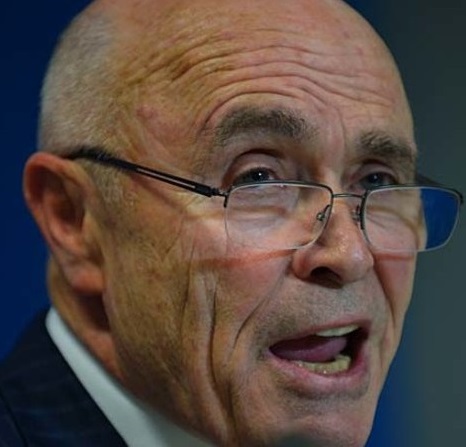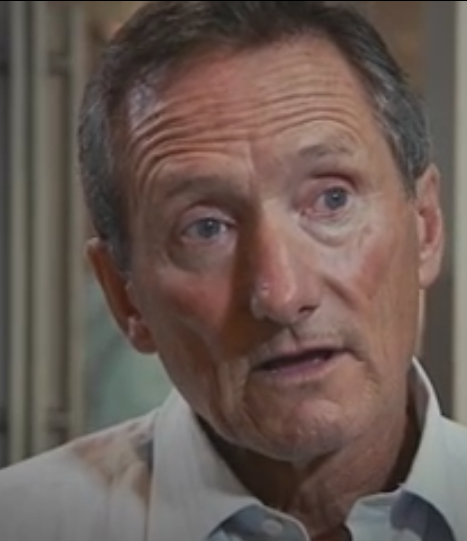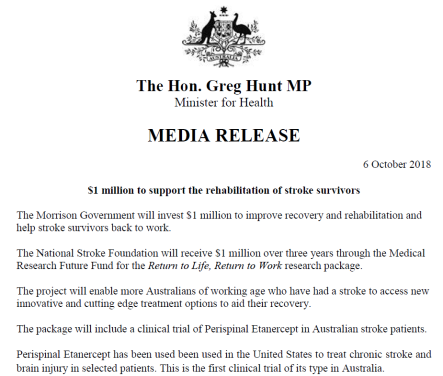Unable to garner any interest in a human-rights violation, explained previously at Framework or Façade?, I’ll retry … perhaps I’d been too flippant, which was my way of dealing with the shock 😦

Two atrocities
On the left is the SmART trial for Drug Conservation (DC), rather than fully-dosed AntiRetroviralTherapy (dotted line), for half of five thousand HIV+ recruited participants. It’s obvious within a few months that the DC proposal for minimal dosing sent HIV viral in those unlucky enough to be randomised to that group. Yet the study was allowed to run four years, and only at the 5th meeting of the ‘safety’ board was the trial stopped and everyone treated with full ART. The study had been funded for six years to investigate cardiovascular outcomes, which didn’t eventuate, but the money kept coming.
The doctors then ran another similar proposal – deferred start of ART until CD4+ (T-helper cells are your immunity) counts drop below 350. Again apparent as a terrible idea within months. This time it was stopped after five years, as an unsafe practice. Another five thousand recruits were allocated 50/50 by the toss of a coin to an alternative that not only increased their risk of AIDS, but also that of spreading HIV.
I’ve written to Vice-Chancellors at Monash and UNSW, two of the participating institutions, complaining that the only Ethics Committee response had been: “Professor Emery is now at the University of Queensland. He is neither the lead or contact author for the relevant article...” finger-pointing by the Director of Research Ethics. No replies. Now consider the only, poor quality study of * Hyperbaric Oxygen (HBOT) for HIV by a nurse and clinic director. Six HIV+ patients, each having received 3-300 sessions of HBOT all dropped their HIV count to 5 or less virions per million cells – thus now considered HIV negative. Never cured, n.b. as with ART’s cocktail of ~3meds, it’s just life-preserving. Indeed CD4+ counts never recovered – once transcribed into your DNA, the virus has wrought permanent damage. But an interesting idea, worthy of further study… however such has never been undertaken in the subsequent two decades. Only two people globally have actually been cured of HIV, due to transplanting an immune system. ART remains vital.
[Victorian Health Minister] Ms Hennessy wants the ACCC to investigate claims made by Hypermed surrounding treatments for cancer, HIV and cerebral palsy. Leaving aside the actual claim being ‘adjunct therapy’ to chemo/radiotherapy (as is also delivered by Monash/Alfred hospital hyperbaric), along with the fact that the consumer watchdog ACCC has no jurisdiction on medical matters, it’d seem more appropriate to demand answers of those institutions refusing to conduct more rigorous investigations. Here’s my limited understanding of the justifications for doing such.
Oxidative Stress. Lipids are structural components of cell membranes. It’d been suggested that lipid peroxidation was analogous to ‘rusting’, that free radicals damaged cells, so antioxidants would help us live longer & look more beautiful etc. When oxygen is breathed in, eventually exiting in carbon dioxide, gaining electrons (thus causing oxidation) creates free radicals at each step. This is normal, and sometimes really slimming too. When glucose is depleted fatty lipids are burned instead, so best we ignore advertising’s simple assumption that free radicals are damaging. We run on them: superoxide (1 electron stolen) and hydrogen peroxide (2 e-).
An HBOT advocate discusses the concept of attacking viruses’ protective lipid envelope, suggesting potential against HIV, Epstein-Barr ie glandular fever (EBV), and Herpes Simplex (HSV). My interest is suddenly piqued, given the early trial successes of IMC-1 against fibromyalgia using a combo of HSV antiviral famciclovir and celecoxib (HSV replication is reliant on imflammatory COX, and the benefit of inhibitors has been known for 4 decades). Then link to HSV’s association with Alzheimer’s (AZH) and excitement mounts… oooh there’s a study of HBOT for AZH … ohhh sorry, it’s on mice. EBV is implicated in chronic fatigue syndrome so three of the greatest medical perplexes could well be treated, just with something in the air we breathe!
But nobody’s looked into it. Institutions don’t care for much but pharmacology, since research is costly. Their industry is profitable tho’.

Smashing together of data
A study has been run on HBOT for shingles (caused by varicella-zoster virus) by Peng et al, and it looked promising. I conducted a systematic review of the literature on other gold-standard Randomised Controlled Trials of HBOT for various other painful neuropathies believed by some to result from viruses. Monash’s chief biostatistician, Prof Forbes, questioned my ‘fudging data’ since it was rare for such consistent results especially across disparate conditions.
Note that the 5 studies came from China, Turkey & Israel. Pharma totally controls what investigations are allowed to happen in the West.
* What/why is Hyperbaric? Oxygen is a vasoconstrictor, so the body’s wonderful homeostasis balances richer oxygen intake with reduced vascular flow. But administering O2 under pressure cheats the system: it floods every tissue without regard for bloodflow.














